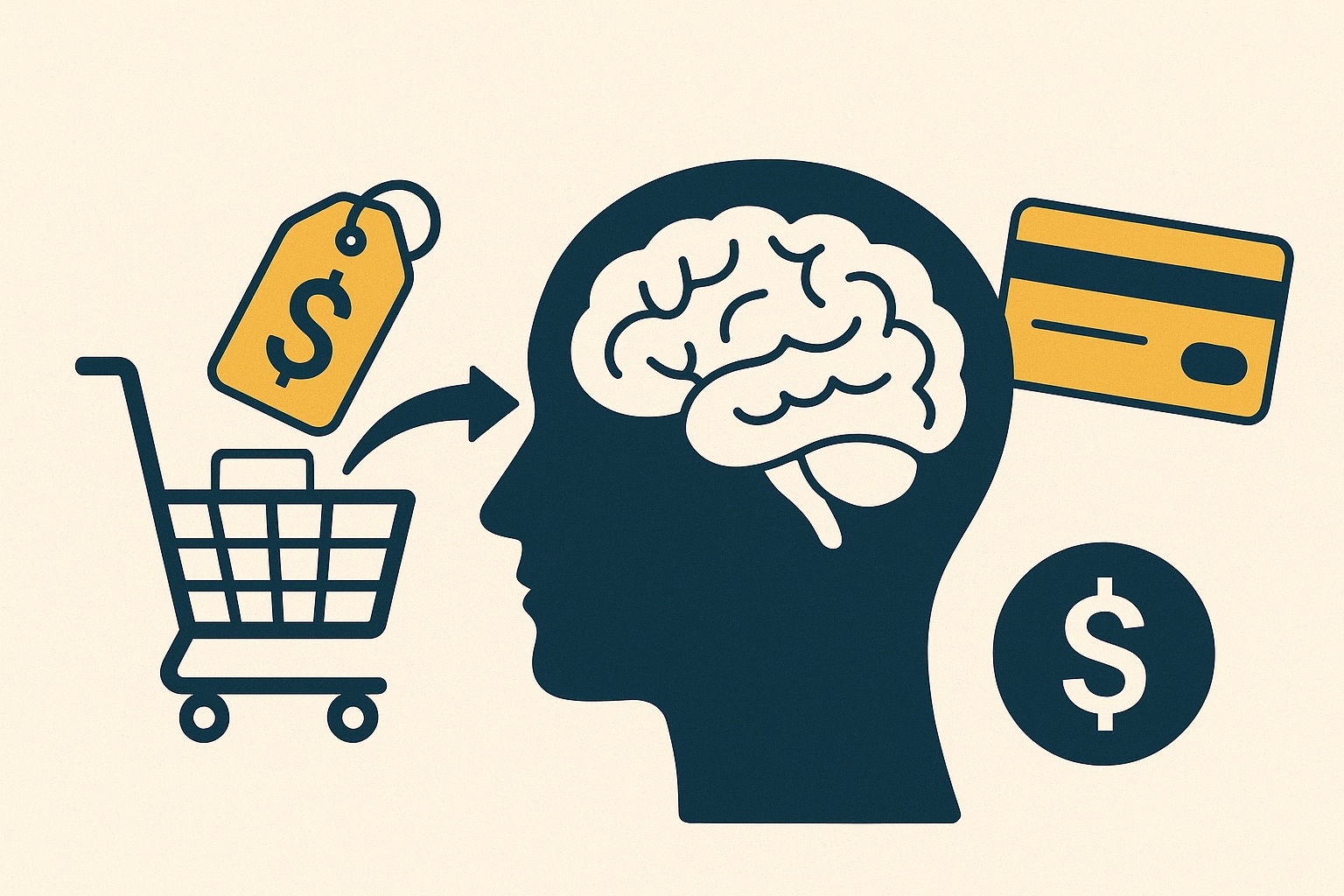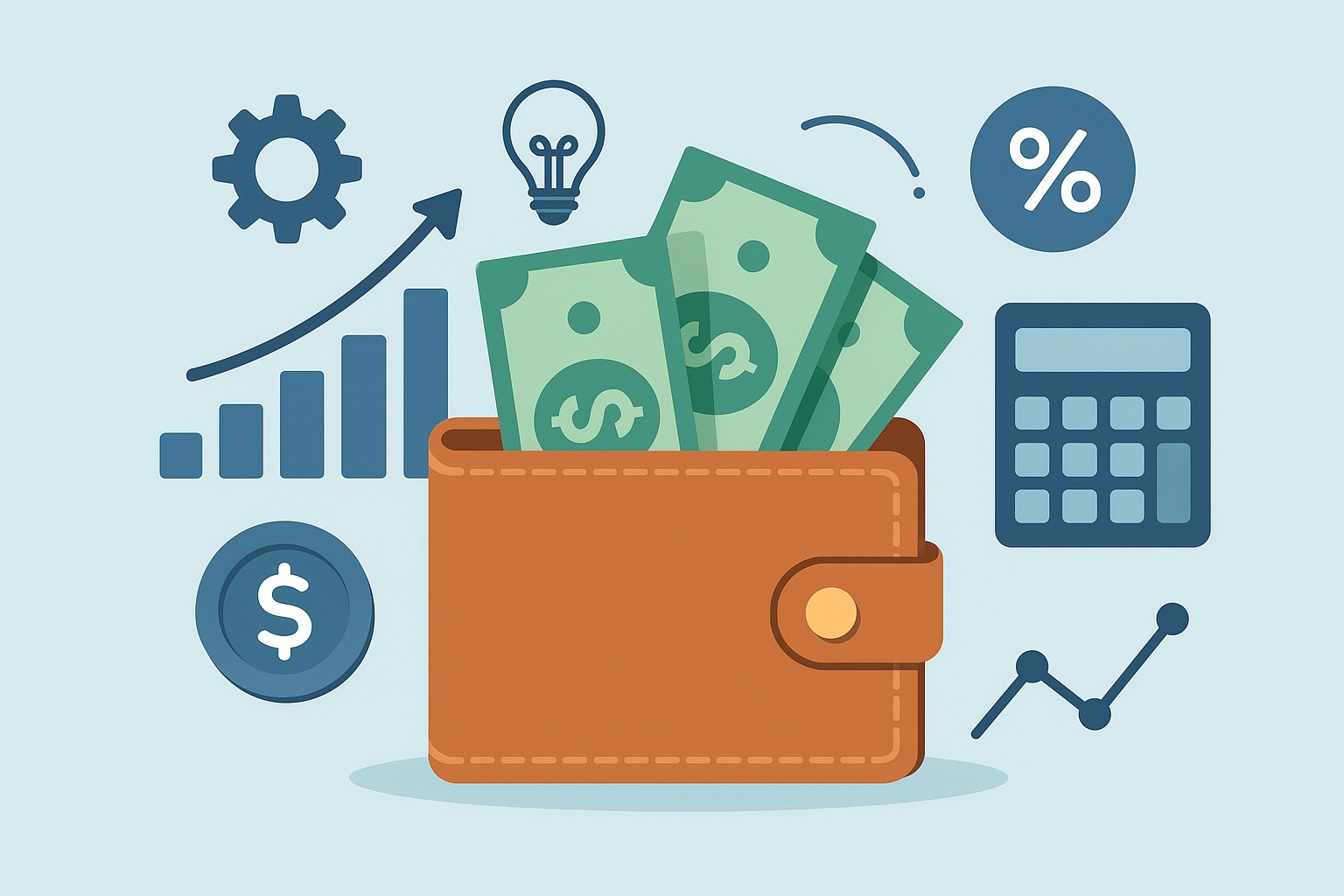Have you ever gone into a store planning to buy just one item but ended up with a full bag instead? Or clicked on a simple online ad and somehow spent more than you intended? You’re definitely not alone, and it’s not entirely your fault.
This is the psychology of spending at work. Brands have mastered the art of using psychology and neuromarketing to shape how we think, feel, and make purchasing decisions. A deeper look at this phenomenon is discussed by financial experts at St. Mary’s Bank, who explain how emotional triggers and spending habits influence financial behavior. By understanding these strategies, you can take control of your choices, make smarter financial decisions, and build a stronger foundation for long-term financial planning and wealth management.
The Psychology of Spending: What Happens in Your Brain When You Spend
When you make a purchase, your brain releases dopamine, the “feel-good” chemical that rewards behavior. That instant rush of pleasure you get from clicking “Buy Now” or swiping your credit card activates your brain’s reward system, particularly the nucleus accumbens and ventral striatum.
But here’s the catch: the brain also feels a “pain of paying.” Studies show that handing over cash feels more painful than using a credit or debit card. Digital payments make it easier to spend because they reduce the psychological discomfort of parting with money.
Tip: If you struggle with overspending, use personal finance tools or cash payments to make yourself more aware of your transactions.
How Brands Hack Your Brain
Modern brands use subtle psychological tricks to shape how you perceive value and urgency. Below are some of the most powerful tactics you encounter every day:
Anchoring and Framing
When you see “Was $200, now $120,” your brain fixates on the first number. That’s called anchoring. The original price becomes your reference point, making the new price feel like a deal even if it isn’t.
Scarcity and Urgency
“Only 2 left in stock!” or “Limited-time offer!” triggers FOMO (fear of missing out). Urgency drives instant decisions before logic catches up.
Social Proof
Ever bought something because it had thousands of five-star reviews? That’s social proof at work. Humans are wired to trust what others approve of especially in uncertain situations.
Freebies and Reciprocity
When a brand offers free shipping, a free trial, or “buy one get one free,” your brain perceives extra value. You subconsciously feel grateful and more likely to spend.
Decoy Pricing
When given three price options, most people choose the middle one. Brands place an overpriced “premium” version beside the one they really want you to buy, the decoy effect in action.
Emotional Storytelling
Luxury brands rarely sell products; they sell status, nostalgia, and belonging. They connect purchases to your identity and emotions, which is far more powerful than logical reasoning.
Why These Tactics Work So Well
These marketing strategies exploit cognitive biases: the mental shortcuts your brain takes to save time and energy. Here’s why they’re so effective:
-
Loss aversion: People hate losing more than they enjoy gaining. That’s why “limited offers” work.
-
Anchoring bias: The first number you see influences what seems reasonable afterward.
-
Emotional dominance: Emotional impulses often override rational thinking, especially under stress.
-
Habit loops: Repeated exposure to certain products or environments builds spending habits linked to identity.
By targeting the emotional, fast-thinking side of your brain (known as System 1 thinking), brands bypass logic and make purchases feel automatic.
Understanding these psychological tactics is the first step. But recognizing them is only half the journey. The real growth happens when you learn to slow down your reactions, approach money decisions with awareness, and align your spending with what truly matters to you.
Read more in The Psychology of Mindful Money to explore how mindful financial habits can transform your relationship with wealth and bring more clarity, purpose, and peace to your money mindset.
Real-World Examples
-
Amazon uses “original vs. discounted” prices to make deals look irresistible.
-
Airlines use countdown timers (“Only 3 seats left at this price!”) to trigger urgency.
-
Supermarkets place essentials like milk or bread at the back so you walk past dozens of impulse buys first.
All these methods are backed by behavioral economics and consumer psychology research that’s been refined for decades.
Now, let’s look at how you can outsmart brand psychology and take back control of your spending habits.
How to Outsmart Brand Psychology
You can’t avoid marketing completely but you can outsmart it. Here’s how:
- Pause before purchase: Wait 24 hours before buying anything non-essential.
- Use cash instead of cards: Feel the “pain of paying” to control overspending.
- Unsubscribe from sale emails: Limit exposure to triggers.
- Do your own price research: Don’t fall for anchor pricing.
- Track spending: Use budgeting strategies and personal finance tools like Mint, YNAB, or Notion templates.
- Connect spending to goals: Ask yourself, “Does this align with my financial growth or my emotional impulse?”
The Link Between Psychology and Financial Growth
Understanding how brands hack your brain helps you reclaim control over your money. By being mindful of these triggers, you can:
- Reduce credit card debt
- Build savings faster
- Improve your financial planning strategies
- Invest more confidently
- Strengthen long-term wealth management habits
The more aware you are of these marketing tactics, the more empowered you become to make spending choices that align with your financial goals not a company’s bottom line.
Final Thoughts
The psychology of spending is powerful, and brands have mastered it. They often understand your brain better than you do. But awareness is your greatest advantage. When you understand how neuromarketing and consumer psychology shape your decisions, you can pause, reflect, and take control.
So the next time you feel that sudden urge to buy something, ask yourself, “Is this truly what I want, or is the marketing doing the thinking for me?” Recognizing the psychology of spending helps you make smarter choices, protect your wallet, and build a stronger financial future.




One comment on “The Psychology of Spending: How Brands Hack Your Brain & Your Wallet”